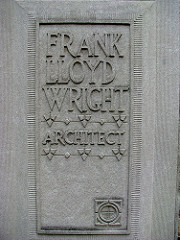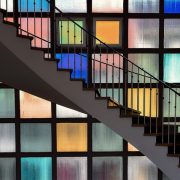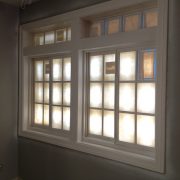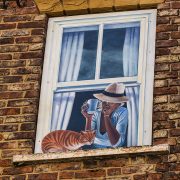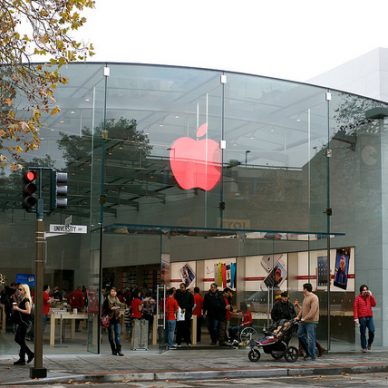Wright’s Mile High Illinois Glass Tower
Architects’ designs are at times both pragmatic and fanciful. Frank Lloyd Wright was no exception. In 1956, Chicago and other cities were struggling with their growing populations, and a finite amount of space in which to house them and their businesses. Wright’s solution, which many believed was ahead of its time, was to build up using glass.
Wright introduced his Mile High Illinois Tower just two years before he died, but he was serious about building it. Following his death, the project lost its biggest champion, and to date it hasn’t been built. The world’s tallest building is nowhere near Wright’s proposed maximum height, but just as Wright envisioned it, today’s tallest buildings rely heavily on glass.
Wright predicted that his Mile High Illinois tower would require about 75 elevators with 5-story cars traveling at 60 mph to serve the tower’s inhabitants. Modern architecture experts say that Wright’s elevator plan was woefully inadequate; they estimate that such a tower would require about three times as many elevators to keep people in the tower moving efficiently.
In addition, Wright predicted that the tower’s electrical needs would be served by an on site nuclear power generator. While the idea that an on site nuclear power generator would reside in a city is certainly futuristic, the notion that such a tower would consume massive amounts of power was right on the mark.
A mile-high structure has never been built. The tallest building to date is Burj Khalifa in Dubai, just about half of Wright’s Mile High Illinois. Wright’s proposal included 528 floors and about 18.5 million square feet of space. Wright’s tower plan would have offered adequate space for about 100,000 people at a time, and as the designer envisioned it, would house all of the City of Chicago’s municipal offices under one roof.
Wright believed that his building design was technically achievable, though many materials engineers disagree. Wright’s design called for a glass skin surrounding a steel infrastructure. Materials scientists say that steel is too flexible to be used in such a tall structure. Other super-tall buildings use structural designs and dampers to reduce the amount of sway, but these innovations were not yet designed when Wright proposed the tower.
Sixty years after Wright first delivered his tower proposal, there is no indication that this structure will occupy the Chicago skyline anytime soon. The lack of suitable building materials, unanswered questions about super-tall structural designs and real questions about energy consumption and conservation probably mean that Wright’s design will remain on the drawing board for the foreseeable future.
Glassprimer™ glass paint is a specialized glass coating that bonds permanently to glass surfaces. GlassPrimer also makes a glass surface molecular activator that is designed to work with UV-inkjet glass printing processes. Glassprimer™ glass paint can be used in both interior and exterior applications and can help reduce solar heat gain in some applications. For more information about Glassprimer™ glass paint, please visit the rest of our site. If you’d like to purchase Glassprimer™ glass paint, please visit our online store .
Photo Credit: jphilipg, via Flickr.com

